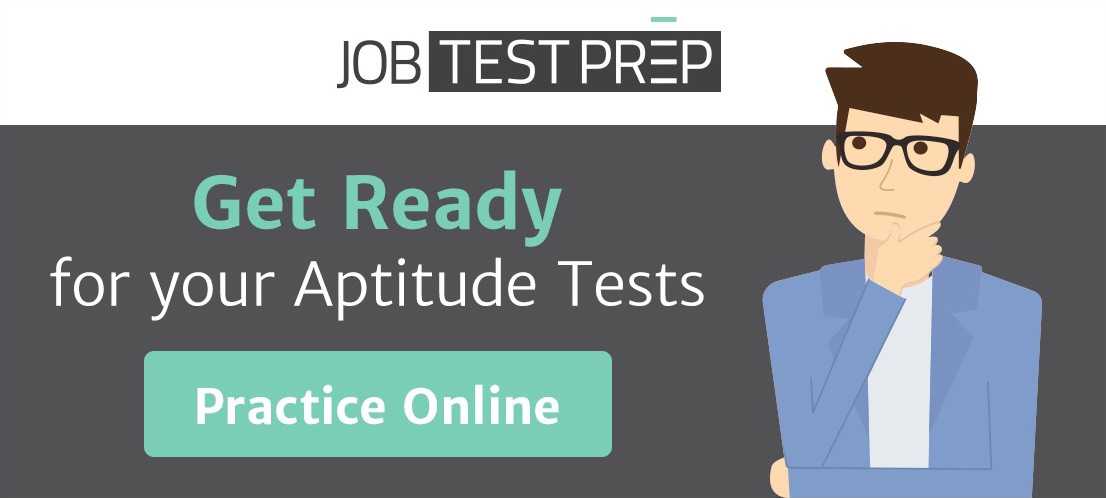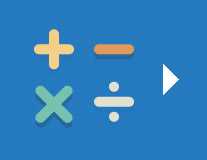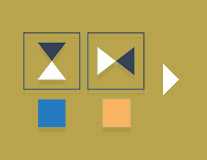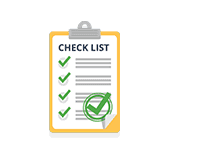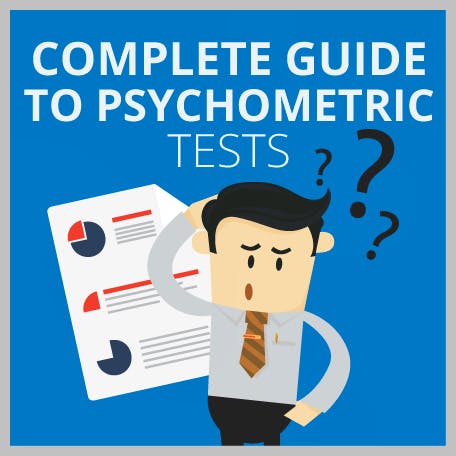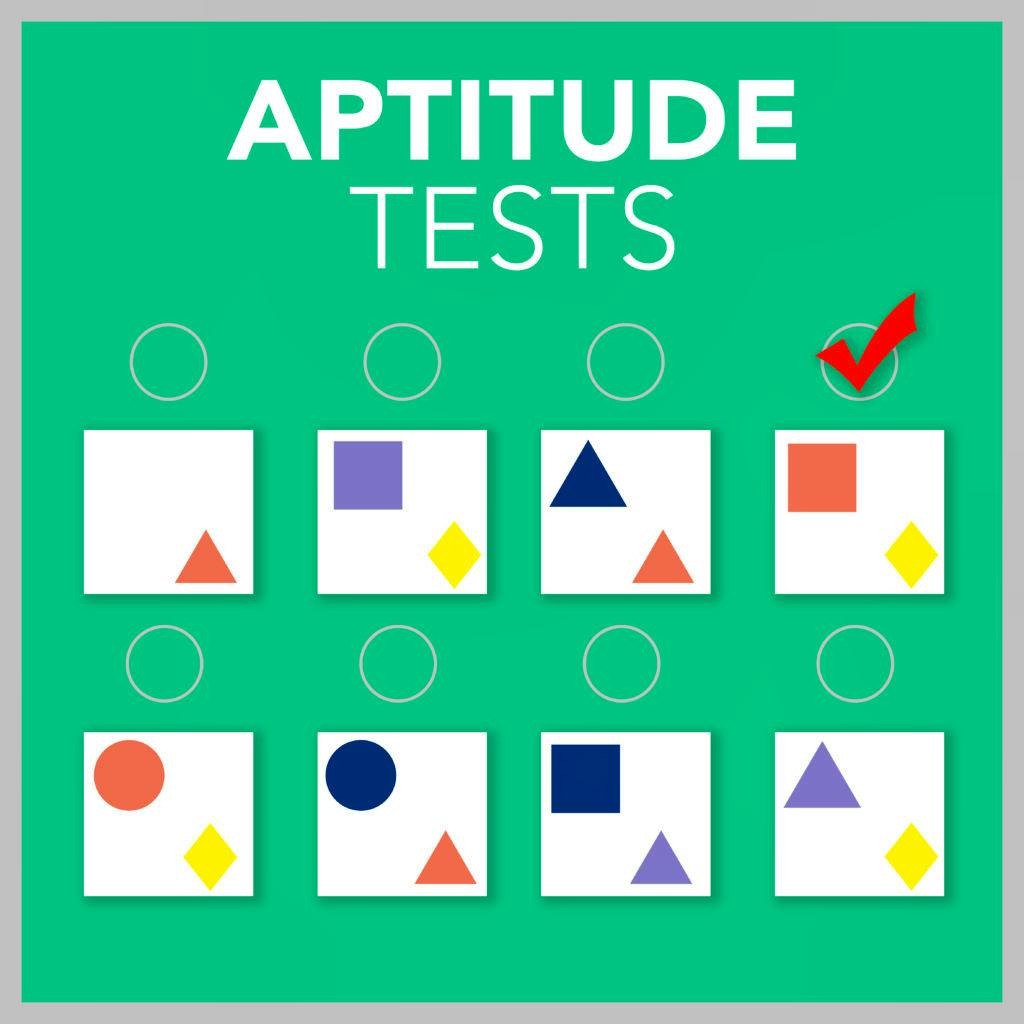Practice Critical Thinking Test
Updated November 16, 2023


What is the Critical Thinking Test?
The Critical Thinking Test is a comprehensive evaluation designed to assess individuals' cognitive capacities and analytical prowess.
This formal examination, often referred to as the critical thinking assessment, is a benchmark for those aiming to demonstrate their proficiency in discernment and problem-solving.
In addition, this evaluative tool meticulously gauges a range of skills, including logical reasoning, analytical thinking, and the ability to evaluate and synthesize information.
This article will embark on an exploration of the Critical Thinking Test, elucidating its intricacies and elucidating its paramount importance. We will dissect the essential skills it measures and clarify its significance in gauging one's intellectual aptitude.
We will examine examples of critical thinking questions, illuminating the challenging scenarios that candidates encounter prompting them to navigate the complexities of thought with finesse.
Critical Thinking Practice Test
Before going ahead to take the critical thinking test, let's delve into the realm of preparation. This segment serves as a crucible for honing the skills assessed in the actual examination, offering candidates a chance to refine their analytical blades before facing the real challenge. Here are some skills that will help you with the critical thinking assessment: Logical Reasoning: The practice test meticulously evaluates your ability to deduce conclusions from given information, assess the validity of arguments, and recognize patterns in logic. Analytical Thinking: Prepare to dissect complex scenarios, identify key components, and synthesize information to draw insightful conclusions—a fundamental aspect of the critical thinking assessment. Problem-Solving Proficiency: Navigate through intricate problems that mirror real-world challenges, honing your capacity to approach issues systematically and derive effective solutions. What to Expect: The Critical Thinking Practice Test is crafted to mirror the format and complexity of the actual examination. Expect a series of scenarios, each accompanied by a set of questions that demand thoughtful analysis and logical deduction. These scenarios span diverse fields, from business and science to everyday scenarios, ensuring a comprehensive evaluation of your critical thinking skills. Examples of Critical Thinking Questions Scenario: In a business context, analyze the potential impacts of a proposed strategy on both short-term profitability and long-term sustainability. Question: What factors would you consider in determining the viability of the proposed strategy, and how might it affect the company's overall success? Scenario: Evaluate conflicting scientific studies on a pressing environmental issue.
Question: Identify the key methodologies and data points in each study. How would you reconcile the disparities to form an informed, unbiased conclusion?
Why Practice Matters
Engaging in the Critical Thinking Practice Test familiarizes you with the test format and cultivates a mindset geared towards agile and astute reasoning. This preparatory phase allows you to refine your cognitive toolkit, ensuring you approach the assessment with confidence and finesse.
We'll navigate through specific examples as we proceed, offering insights into effective strategies for tackling critical thinking questions. Prepare to embark on a journey of intellectual sharpening, where each practice question refines your analytical prowess for the challenges ahead.
This is a practice critical thinking test.
The test consists of three questions.
After you have answered all the questions, you will be shown the correct answers and given full explanations.
Test Tips
Make sure you read and fully understand each question before answering. Work quickly, but don't rush. You cannot afford to make mistakes on a real test.
If you get a question wrong, make sure you find out why and learn how to answer this type of question in the future.
Take a Free Practice Critical Thinking Test
Six friends are seated in a restaurant across a rectangular table. There are three chairs on each side. Adam and Dorky do not have anyone sitting to their right and Clyde and Benjamin do not have anyone sitting to their left. Adam and Benjamin are not sitting on the same side of the table.
If Ethan is not sitting next to Dorky, who is seated immediately to the left of Felix?

